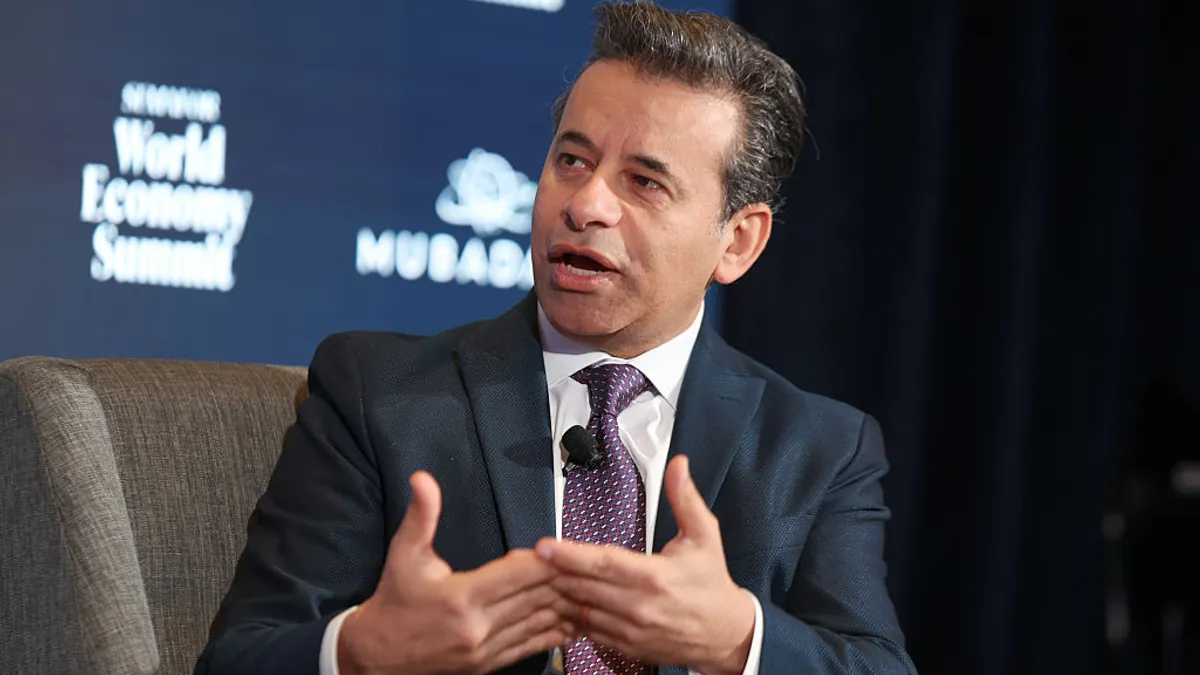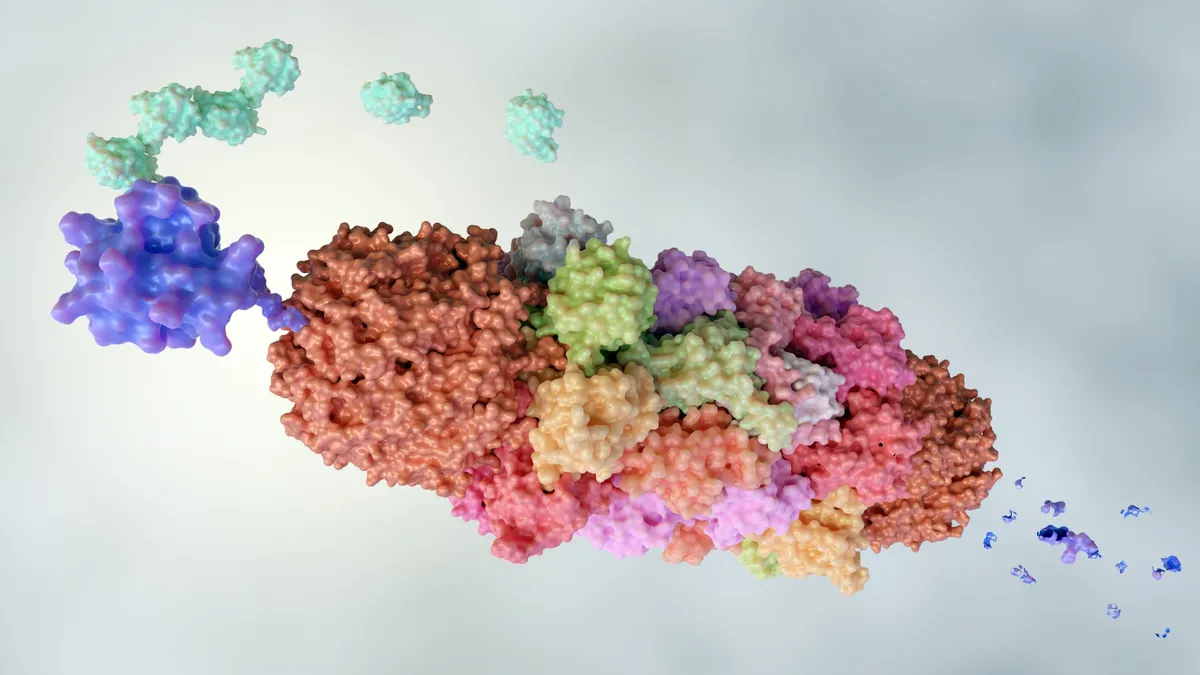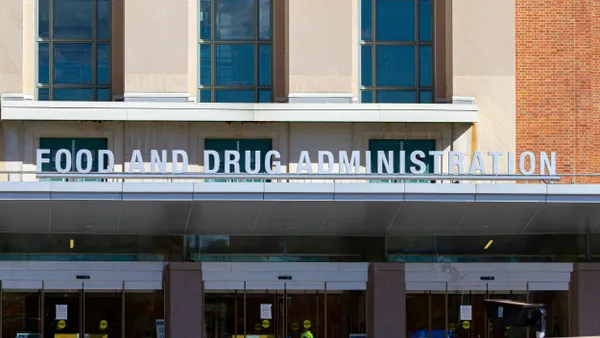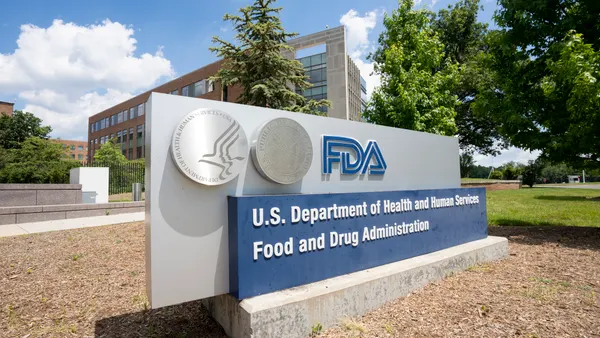The Food and Drug Administration on Thursday published more than 200 drug rejection letters in a notable policy shift it said will pull back the curtain on feedback the agency gives to biotechnology and pharmaceutical companies.
The FDA has not historically made public the details of its rejection decisions, citing the confidential trade secrets such verdicts contain. While publicly traded drugmakers are bound by financial disclosure rules to inform investors of a rejection, they typically only share limited information and sometimes leave out agency comments that are more damaging or critical.
Past FDA Commissioners, including Scott Gottlieb and Robert Califf, previously explored making these letters public, but backed off for administrative and legal reasons.
The letters published Thursday are only for drugs the FDA later went on to clear for use, limiting some of the steps’ usefulness as a transparency measure. The rejections included were all issued between 2020 and 2024, and involve both branded and generic medicines.
“By making the CRLs available, the public now has significantly greater insight into the FDA’s decision-making and the most common deficiencies cited that sponsors must address before their application is approved,” the agency said in a statement.
While drugs can be rejected for safety or efficacy reasons, they’re also commonly turned back for manufacturing-related problems or, in the case of generic medicines, issues with data proving what’s known as “bioequivalence.”
The FDA said it’s “in the process” of publishing more complete response letters and is “continuously exploring ways of providing the public with greater transparency into its decision-making process.”
The initial tranche of letters are available online in the agency’s “openFDA” database. Some of those released contain redactions, which for at least a few letters excise large portions of the text. Portions of the information these letters include may also be incorporated into summary documents the FDA publishes after approving a drug.
“Today, we're delivering on our promise of radical transparency,” wrote Commissioner Marty Makary on the social media platform X. “No more guessing games. Developers, investors, and patients deserve to see how we make decisions.”
In its statement Thursday, the FDA cited a 2015 agency analysis of 61 complete response letters. The study found company press releases mentioned only about 15% of the regulator’s comments on safety and efficacy that were contained in those letters. In 11 instances, no press release was issued at all.














